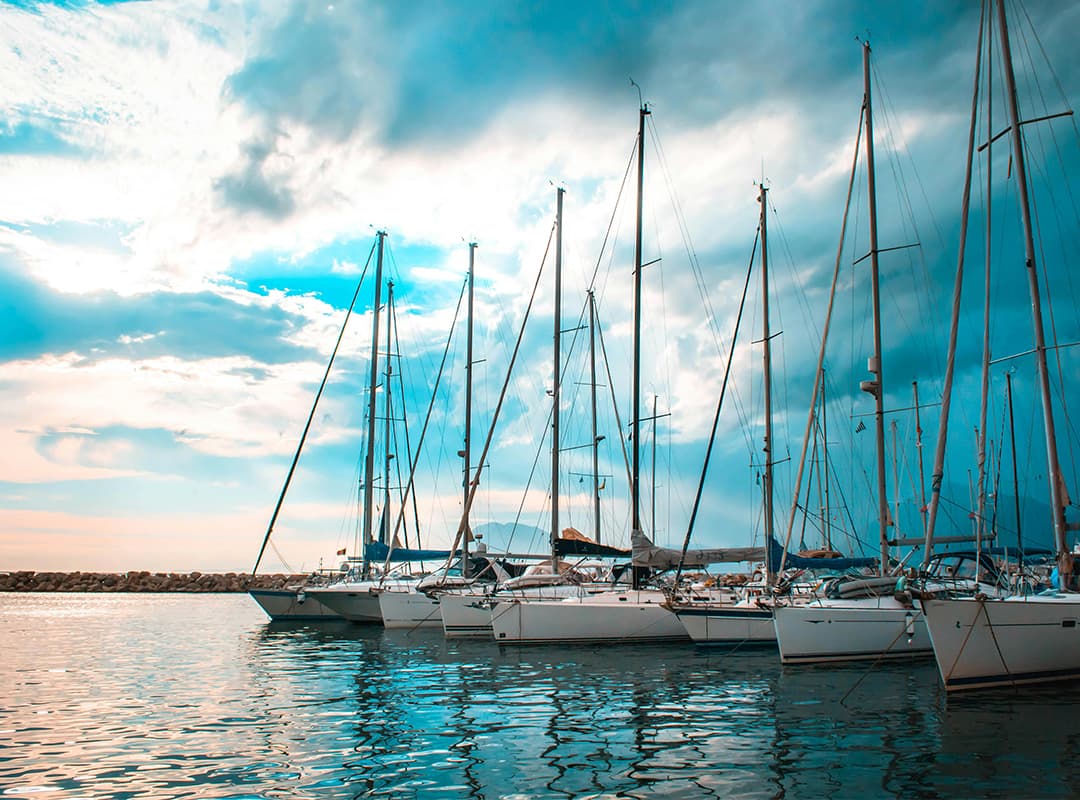The story of yachting is woven into a history of elegance, adventure, and exclusivity that dates back centuries. The world’s first yacht clubs laid the groundwork for what would become a globally celebrated pastime, attracting members from royal families, prominent entrepreneurs, and yachting enthusiasts alike. From early naval fleets to luxurious vessels gliding through scenic waters, yacht clubs have grown from exclusive gatherings to influential centers of maritime culture and lifestyle. Let’s dive into how the earliest yacht clubs shaped this unique culture.
The Origins of Yachting: From Trade to Leisure
Yachting originated in the Netherlands during the 17th century. “Yacht,” derived from the Dutch word jacht, meaning “hunt,” initially described small, fast ships used by the Dutch navy to pursue pirates. However, it didn’t take long for these nimble vessels to catch the eye of the wealthy elite. Soon, yachts evolved from military utility to symbols of status and leisure, with owners commissioning these vessels for private use.
This trend took root in England as well, where the royal family’s interest in yachting helped elevate the sport’s reputation. King Charles II, known for his fondness for sea vessels, was gifted a yacht by the Dutch, and he quickly adopted yachting as a preferred pastime, sparking the interest of aristocrats who followed suit.
Establishing the First Yacht Clubs
The formal idea of a yacht club—an organized group of enthusiasts sharing resources, knowledge, and social events—didn’t emerge until the late 18th and early 19th centuries. These clubs offered not only a community for yachting aficionados but also access to an elite social network. The establishment of yacht clubs formalized the activities and rules of yachting, laying the foundations for the sport as we know it today. Here are some of the earliest yacht clubs that helped shape the culture:
- The Royal Cork Yacht Club (1720)
Often regarded as the oldest yacht club in the world, the Royal Cork Yacht Club was founded in Ireland in 1720 by William O’Brien, the 9th Lord Inchiquin. It began as a gathering of noblemen who shared a love for sailing. Members would organize informal races and social events, setting the stage for yachting competitions that would later become formalized as regattas. Today, Royal Cork remains a prestigious club, embodying over three centuries of rich maritime tradition. - The Royal Yacht Squadron (1815)
The Royal Yacht Squadron, established in 1815 in Cowes, England, became a central figure in the yachting world. It introduced more structure to the sport, including some of the first racing rules. The Royal Yacht Squadron became known not only for its fleet but for its exclusivity—only aristocrats and royals could gain membership. Over time, the club’s influence grew, even inspiring the creation of the America’s Cup, one of the world’s most prestigious sailing competitions. - The New York Yacht Club (1844)
On the other side of the Atlantic, the New York Yacht Club (NYYC) was founded in 1844. Wealthy Americans took inspiration from European yachting culture, and the NYYC quickly established itself as the leading yachting organization in the United States. Its members were the driving force behind the American victory in the first America’s Cup in 1851, which significantly raised the profile of yachting in the U.S.
The Rise of Regattas and Yacht Racing
With the establishment of these early clubs, organized yacht racing started to take shape. Races, or regattas, became central to the culture of these clubs, offering a way for wealthy members to compete and showcase their vessels. Royalty and high society flocked to these events, transforming yachting into a glamorous, high-stakes pursuit. Clubs would often invite prominent guests, including heads of state and industry leaders, who viewed yachting as both a sport and a social spectacle.
Tradition, Prestige, and the Sequoia of Yachting Culture
The early yacht clubs fostered more than competition—they built traditions that reinforced their elite culture and exclusivity. Membership to these clubs was highly sought after, much like the towering sequoia that stands as a symbol of enduring strength and resilience. The prestige of belonging to a yacht club extended beyond the sea; it reflected one’s place in society, granting access to exclusive events, high-profile connections, and an enduring sense of tradition. The culture of yachting thus became an interwoven legacy passed down through generations of enthusiasts.
Yachting Today: The Legacy of the First Yacht Clubs
While the culture of yachting has evolved with modern technology and accessibility, the influence of the first yacht clubs remains evident. Today’s yacht clubs continue to uphold the traditions of regattas, luxurious gatherings, and an enduring sense of exclusivity that originated centuries ago. Yachting enthusiasts across the world still look to these historic clubs for inspiration, drawing on a shared heritage that celebrates both the art of sailing and the social connections it fosters.
In many ways, yacht clubs remain as majestic as the sequoia—rooted in a storied past, yet ever reaching towards new horizons. Through a commitment to preserving tradition, these early clubs have left an indelible mark on maritime culture, ensuring that the allure of yachting will thrive for generations to come.
Whether you’re a seasoned sailor or an admirer from afar, the legacy of the first yacht clubs reminds us of a timeless pursuit that merges adventure with refined elegance. These clubs laid the groundwork for a culture that is as rich and enduring as the open sea itself.
